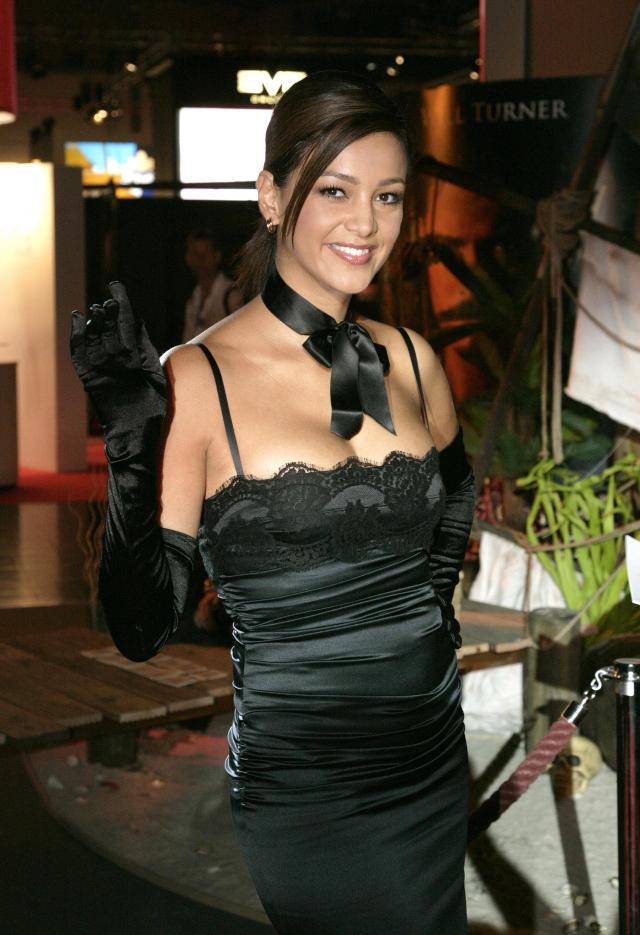

Gloves were usually made of white kid, but pale colours like pink and yellow were also worn. Fashion changed after 1835, as gloves started being worn half-way between wrist and elbow, and their length kept increasing throughout the century. Until just before before Queen Victoria's reign, gloves were quite short. Types of Victorian Gloves: Length, Colour, Material and Decorationįollowing an old French practice, glove length was traditionally measured in buttons based on the distance between the base of the thumb and the top edge of the glove. They were promoted as healthy but in reality, they were dangerous as they often contained lead and arsenic. Commercially made recipes were also advertised in women's magazines. These creams could be made with ingredients women already had at home like soap, buttermilk, lemon juice, vinegar, rainwater, rosewater, glycerin, horseradish or oatmeal. Gloves were also used to take care of hands, so at night women slept with old gloves filled with various skin-improving recipes found in magazines, advice manuals, and encyclopaedias. Their goal was to avoid the thickness and coarseness of working-class women's hands.


Accordingly, ladies wore gloves which were too small for them in order to shrink their hands. They were therefore seen as social markers. N the Victorian era, gloves were deeply connected to the notion of the "perfect hand" which were to be "shapely, finely made, and white, with blue veins, taper fingers, and rosy nails, slightly arched” (Beaujot, 31).


 0 kommentar(er)
0 kommentar(er)
